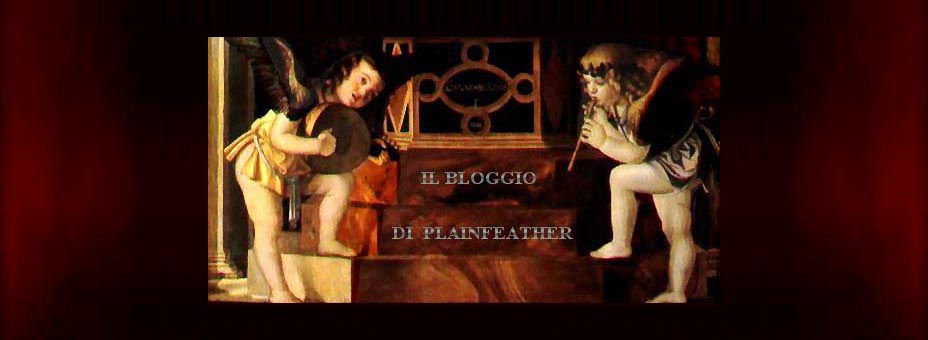There are several advantages in attending Kazoo, which you might view as a kind of Comicon for medievalists. First and foremost you are placed in the immediate proximity of a couple thousand often very smart people who frequently have similar or related interests to your own. A professional conviviality arises that is unobtainable elsewhere, since at home you are likely regarded as an eccentric or a social deviant, and there are probably not enough medievalists resident at your institution to even form a committee.
An ongoing concern with medieval studies is the relentless quest for sources, and here you have a chance to examine the presenters to see if they’re on to something you’ve overlooked or haven’t yet discovered. I do this constantly, and sometimes it really pays off. The luminaries in the profession often show up here, the people you’re always quoting in your footnotes. It’s fun to see and hear them, and even talk to them as much as the objective circumstances permit.
Of the 250 sessions—it's the biggest academic conference in the U.S.— about two dozen are scheduled simultaneously, meaning that no matter how much you hustle, you will never attend more than ten per cent. You spend most of your free time trying to make up your mind from the catalog which sessions to visit. Nonetheless there inevitably comes the moment when you’ve exhausted your own interests, so you show up at a session concerning something about which you know absolutely nothing. And it’s exactly these encounters that open new doors, point to new directions.
In contrast with much of academia, the study of the Middle Ages is not so much hard-wired as it is endlessly diffuse. Almost everything that humans get interested in, almost every sphere of human activity you can imagine—from numismatics and bee-keeping to interstellar travel— has some kind of medieval correspondence, in some cases also its point of origin.
And that’s the advantage of Kalamazoo, where one really gets close to this vast ocean of strangeness and alterity. It's like a distant planet situated both behind and before us, one which recedes from view the closer we get to it, as we marvel at its blurry, colorful enormity. It is truly a wonderment.
* * *
FAVORITE PAPER TITLES
“Runes and Gold Bracteates: The Futhark Sequences as Mythic Mnemonic.”
“Doing It Doggy Style on Medieval Seals”
“A Typology of Pre-Tailored Men’s Garments Based on Key Measurements and Proportions, or, How Tall Was Saint Louis and Who Wore His Shirt?”
COMPLAINTS
The almost non-existent shuttle bus service between the buildings completely sucks, compared with previous years when the bus ran every ten or fifteen minutes.
The soft ice-cream machine in the cafeteria was down on Day Two. This must never happen again.
There should be introduced a bus service that goes to the Kazoo train station at 1pm on Sunday to meet the Wolverine back to Chicago.












